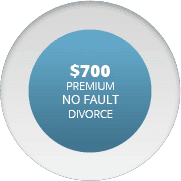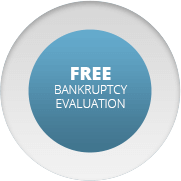What Happens During a Foreclosure?
Foreclosure is the term used to describe what happens to a property when the borrower who purchased it fails to make payments on the loan that they agreed to. In the majority of home and commercial sales, a person who is considered the owner is — in fact — only a borrower. They have paid a percentage of the home’s value and agreed to pay the balance over a period of time to a lender. This agreement is what is known as a mortgage. The goal of having a mortgage is to allow people to acquire a piece of property over an agreed-upon period of time: they pay a small percentage up front and the bank or other lender provides the balance of the acquisition price. They then pay back an agreed-upon amount (comprised of payment and interest) on a regular basis, slowly acquiring a greater percentage of ownership (equity) until their loan is paid off.
Unfortunately, things don’t always go according to plan, and if the borrower is unable or unwilling to make the payments as agreed upon, the lender will eventually begin the foreclosure process to take possession of the property. This process consists of five basic steps:
- The first step in the foreclosure process is the borrower’s failure to make the agreed-upon payments. If the issue is financial, it is a good idea to discuss your situation with the lender, as in most cases they would prefer to resolve the problem rather than have to foreclose on the property.
- The second step is the posting of a public notice that the mortgage is in default and in danger of foreclosure. This may be posted on the property’s front door or simply listed with the County Recorder’s Office.
- The third stage is a grace period, or pre-foreclosure. This occurs after the Notice of Default and allows the borrower between one and four months to come up with a plan to resolve the issue. This may be a revised payment plan, a short sale, or finding a way to pay back the money that is in default.
- The fourth stage is the auctioning off of the property if there has been no resolution during pre-foreclosure. The lender will set a date for the auction and publish it, as well as recording it with the County Recorder’s Office. In many cases, the borrower will have the right to stop the process by paying off their outstanding payments up until the time that the auction begins. Failing this, the property is sold to the highest cash bidder, the lender may buy it back itself, or the lender may offer the borrower a deed in lieu of foreclosure, which is an agreement that resolves the issue.
- The final stage is called post-foreclosure. This may consist of the property going to a third party, back to the original borrower or staying in the possession of the lender. The last of these is what’s known as a property being real estate owned, and usually results in the property being resold within a short period of time.
Foreclosure is a challenge, but it is not always a foregone conclusion. If you face the loss of a property, we can help. Contact us today to explore the legal options available to you.









